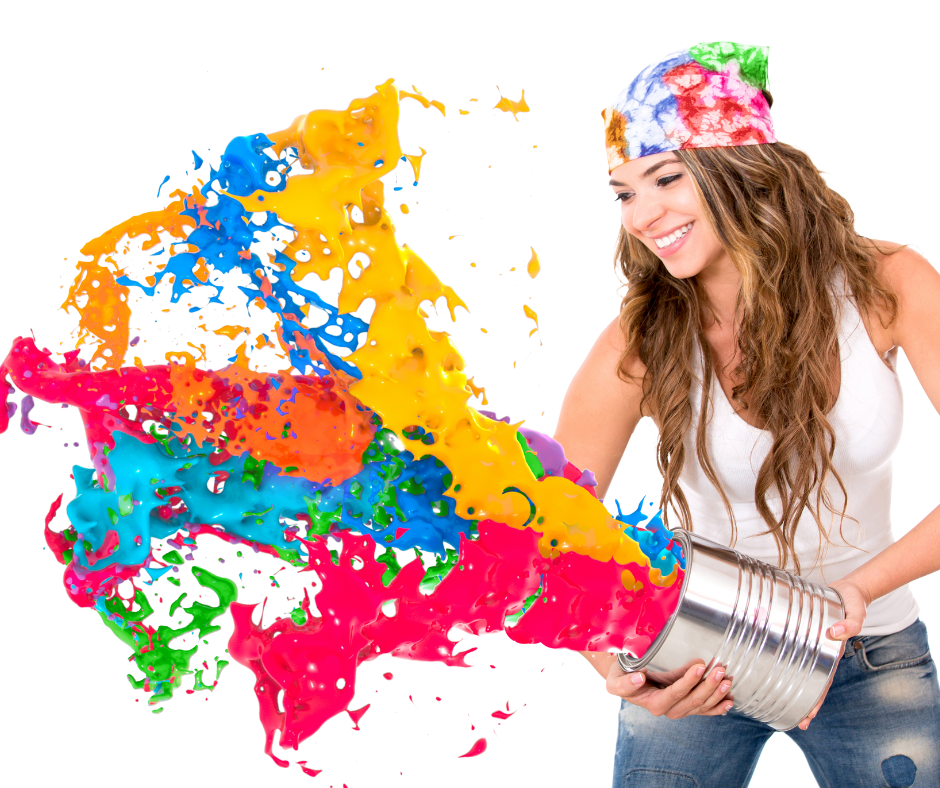
Visual art is what people usually think of when they hear the word “art.” Arts that are categorized as visual art; painting, sculpture, film, drawing, ceramics, crafts, print making, photography, video, and architecture, are appreciated primarily through our sense of sight.
Visual communication is more efficient and effective than words alone, hence the saying, “a picture is worth a thousand words.” As we view an art piece, characteristics of its color, size, shape, line, and its aesthetic organization (composition) attract our attention. The artist through the arrangement of these elements expresses themselves and communicates complex ideas, concepts, and emotions quickly, helping the art and the viewer to develop clarity about our culture, our history, our own lives, and those of our contemporaries.
Michele Baker is an art therapist who encourages people to move beyond the idea of art as making pretty pictures to imagining art as what she calls a “Soul Language. “She teaches her students how to bypass the thinking mind and use their intuitive mind to make the art that only they can make, the art that she believes has the power to guide the art maker towards healing and purpose. https://www.mbodiedart.studio/home
As with all the art forms, the first hurdle Michele must help people overcome is the one my friend Glenda described when she and I were teaching an exploring creativity workshop at the women’s prison near Austin many years ago. The workshop was designed to encourage the women to see themselves as creative and confident enough to sign up for the art-based programs being offered to inmates the following semester. We began by owning up to our own lack of confidence in ourselves.
“I remember the exact moment when I decided that I was not creative,” Glenda told the group. “I was 6 years old, and we had been asked by our first-grade teacher to draw a chicken. I drew something and then I looked at what the girl next to me had drawn. Her drawing looked exactly like a chicken. When I looked back at what I had drawn I decided, ‘I can’t draw. I’m not creative.’ And I never even tried from that day till last year when I got the idea that maybe I should get over myself about that.”
Many years have transpired since that workshop at the prison. We convinced enough of the woman to get over their notions that they weren’t creative, so the prison’s next semester art-based classes were filled. Glenda has been enjoying watercolor painting for many years now, and I continue to take advantage of opportunities presented by my artist friends, to make art, despite the part of me that still hasn’t given up on reminding me that I have no special skills at making visual art.
After one such workshop, when I told the instructor of my interest in using art to help us process grief, we came up with several possibilities for how that works. Beginning to create something new when you are coming from a place of endings can offer reassurance. When life has taken something from us, art making offers a place to take charge and craft the image or object the way we want it to look. And sometimes it’s just simply satisfying to find or create some kind of order in the middle of life’s messiness. Accessing our creativity and following our creative impulses means we have a way into our discomfort and dis-ease, and then, when the piece is finished, we are returned to our regular life, hopefully with a bit more insight into who we truly are.

